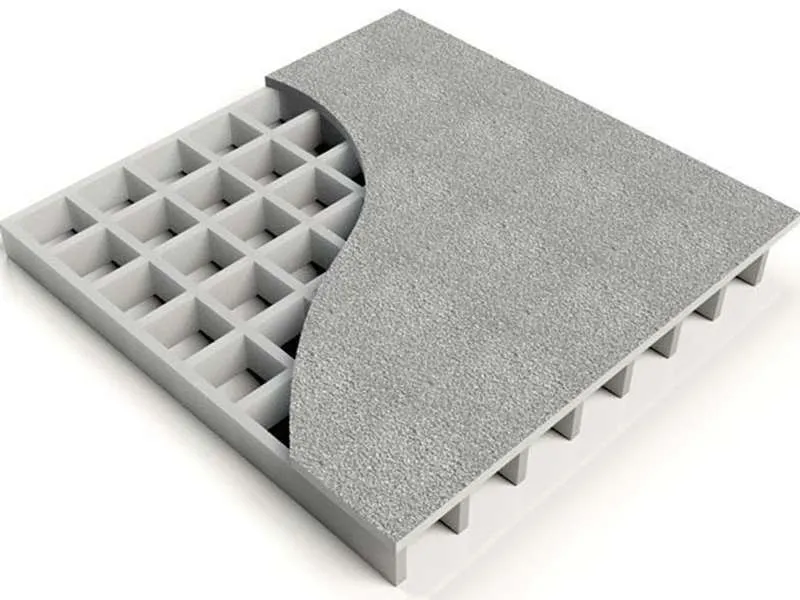
-
 Afrikaans
Afrikaans -
 Albanian
Albanian -
 Amharic
Amharic -
 Arabic
Arabic -
 Armenian
Armenian -
 Azerbaijani
Azerbaijani -
 Basque
Basque -
 Belarusian
Belarusian -
 Bengali
Bengali -
 Bosnian
Bosnian -
 Bulgarian
Bulgarian -
 Catalan
Catalan -
 Cebuano
Cebuano -
 China
China -
 China (Taiwan)
China (Taiwan) -
 Corsican
Corsican -
 Croatian
Croatian -
 Czech
Czech -
 Danish
Danish -
 Dutch
Dutch -
 English
English -
 Esperanto
Esperanto -
 Estonian
Estonian -
 Finnish
Finnish -
 French
French -
 Frisian
Frisian -
 Galician
Galician -
 Georgian
Georgian -
 German
German -
 Greek
Greek -
 Gujarati
Gujarati -
 Haitian Creole
Haitian Creole -
 hausa
hausa -
 hawaiian
hawaiian -
 Hebrew
Hebrew -
 Hindi
Hindi -
 Miao
Miao -
 Hungarian
Hungarian -
 Icelandic
Icelandic -
 igbo
igbo -
 Indonesian
Indonesian -
 irish
irish -
 Italian
Italian -
 Japanese
Japanese -
 Javanese
Javanese -
 Kannada
Kannada -
 kazakh
kazakh -
 Khmer
Khmer -
 Rwandese
Rwandese -
 Korean
Korean -
 Kurdish
Kurdish -
 Kyrgyz
Kyrgyz -
 Lao
Lao -
 Latin
Latin -
 Latvian
Latvian -
 Lithuanian
Lithuanian -
 Luxembourgish
Luxembourgish -
 Macedonian
Macedonian -
 Malgashi
Malgashi -
 Malay
Malay -
 Malayalam
Malayalam -
 Maltese
Maltese -
 Maori
Maori -
 Marathi
Marathi -
 Mongolian
Mongolian -
 Myanmar
Myanmar -
 Nepali
Nepali -
 Norwegian
Norwegian -
 Norwegian
Norwegian -
 Occitan
Occitan -
 Pashto
Pashto -
 Persian
Persian -
 Polish
Polish -
 Portuguese
Portuguese -
 Punjabi
Punjabi -
 Romanian
Romanian -
 Russian
Russian -
 Samoan
Samoan -
 Scottish Gaelic
Scottish Gaelic -
 Serbian
Serbian -
 Sesotho
Sesotho -
 Shona
Shona -
 Sindhi
Sindhi -
 Sinhala
Sinhala -
 Slovak
Slovak -
 Slovenian
Slovenian -
 Somali
Somali -
 Spanish
Spanish -
 Sundanese
Sundanese -
 Swahili
Swahili -
 Swedish
Swedish -
 Tagalog
Tagalog -
 Tajik
Tajik -
 Tamil
Tamil -
 Tatar
Tatar -
 Telugu
Telugu -
 Thai
Thai -
 Turkish
Turkish -
 Turkmen
Turkmen -
 Ukrainian
Ukrainian -
 Urdu
Urdu -
 Uighur
Uighur -
 Uzbek
Uzbek -
 Vietnamese
Vietnamese -
 Welsh
Welsh -
 Bantu
Bantu -
 Yiddish
Yiddish -
 Yoruba
Yoruba -
 Zulu
Zulu
grp pipe fittings
Understanding GRP Pipe Fittings An Overview
Glass Reinforced Plastic (GRP) pipe fittings have emerged as a pivotal component in modern plumbing and construction industries, providing a versatile solution for various applications across sectors. Known for their durability, lightweight properties, and resistance to corrosion, GRP fittings have become increasingly popular in projects where traditional materials like metal or concrete may not be ideal.
What Are GRP Pipe Fittings?
GRP pipe fittings are components made from a composite material that combines glass fibers with a thermosetting resin. This combination results in a product that boasts remarkable strength-to-weight ratios, enabling it to withstand substantial pressure without adding significant weight to piping systems. Commonly, these fittings are used to join, redirect, or terminate sections of pipe in fluid transport systems, ensuring that they function efficiently in handling various types of liquids and gases.
Key Advantages of GRP Pipe Fittings
One of the most significant benefits of GRP pipe fittings is their excellent resistance to corrosion. Unlike metal fittings that can rust or degrade over time when exposed to chemicals or water, GRP maintains its integrity even in harsh environments. This characteristic makes it an ideal choice for water treatment facilities, chemical processing plants, and sewage systems.
In addition to corrosion resistance, GRP fittings are also lightweight, which simplifies installation. Labor costs can be reduced because fewer workers are needed to handle and install these components. Furthermore, the lightweight nature of GRP fittings allows for longer spans between supports, which can lead to further savings in both material and labor.
Another advantage of GRP pipe fittings is their adaptability. They can be manufactured in various shapes and sizes to accommodate specific project requirements, making them suitable for a wide range of applications—including industrial, commercial, and residential uses. GRP fittings can easily be custom-designed to meet the precise needs of any project, ensuring optimal performance.
grp pipe fittings

Applications of GRP Pipe Fittings
GRP pipe fittings find application in numerous industries due to their versatility. In the water supply and wastewater treatment sectors, they are used for transporting potable and non-potable water. Their corrosion resistance ensures that the water remains uncontaminated, which is vital for public health.
In chemical processing plants, GRP fittings are essential for conveying aggressive chemicals safely without fear of leakage or degradation. Their non-reactive nature is particularly advantageous in such environments where metal fittings might react with certain substances.
Moreover, in the oil and gas industry, GRP fittings are employed for transporting hydrocarbons and other fluids. Their lightweight and strong nature is conducive for offshore applications where weight-saving is a priority due to the extreme conditions and demanding environments.
Conclusion
The growing trend of using GRP pipe fittings highlights a significant shift in how industries approach fluid transport solutions. Their exceptional properties—corrosion resistance, lightweight nature, and adaptability—make them a preferred choice over traditional materials. As technology advances, and as awareness of the benefits of GRP continues to spread, we can expect to see even broader applications and innovations in GRP fittings.
In consideration of their numerous advantages, GRP pipe fittings represent a sustainable choice for modern infrastructure needs. They not only promise longevity and efficiency but also contribute to reducing overall operational costs—making them an invaluable asset in the evolution of construction and industrial practices.
Latest news
-
Exploring the Benefits of Top Hammer Drifter Rods for Enhanced Drilling PerformanceNewsJun.10,2025
-
High-Precision Fiberglass Winding Machine for GRP/FRP Pipe Production – Reliable & Efficient SolutionsNewsJun.10,2025
-
FRP Pipes & Fittings for Shipbuilding - Corrosion-Resistant & LightweightNewsJun.09,2025
-
Premium FRP Flooring Solutions Durable & Slip-ResistantNewsJun.09,2025
-
Premium Fiberglass Rectangular Tanks Durable & Lightweight SolutionNewsJun.09,2025
-
Tapered Drill String Design Guide Durable Performance & UsesNewsJun.09,2025









